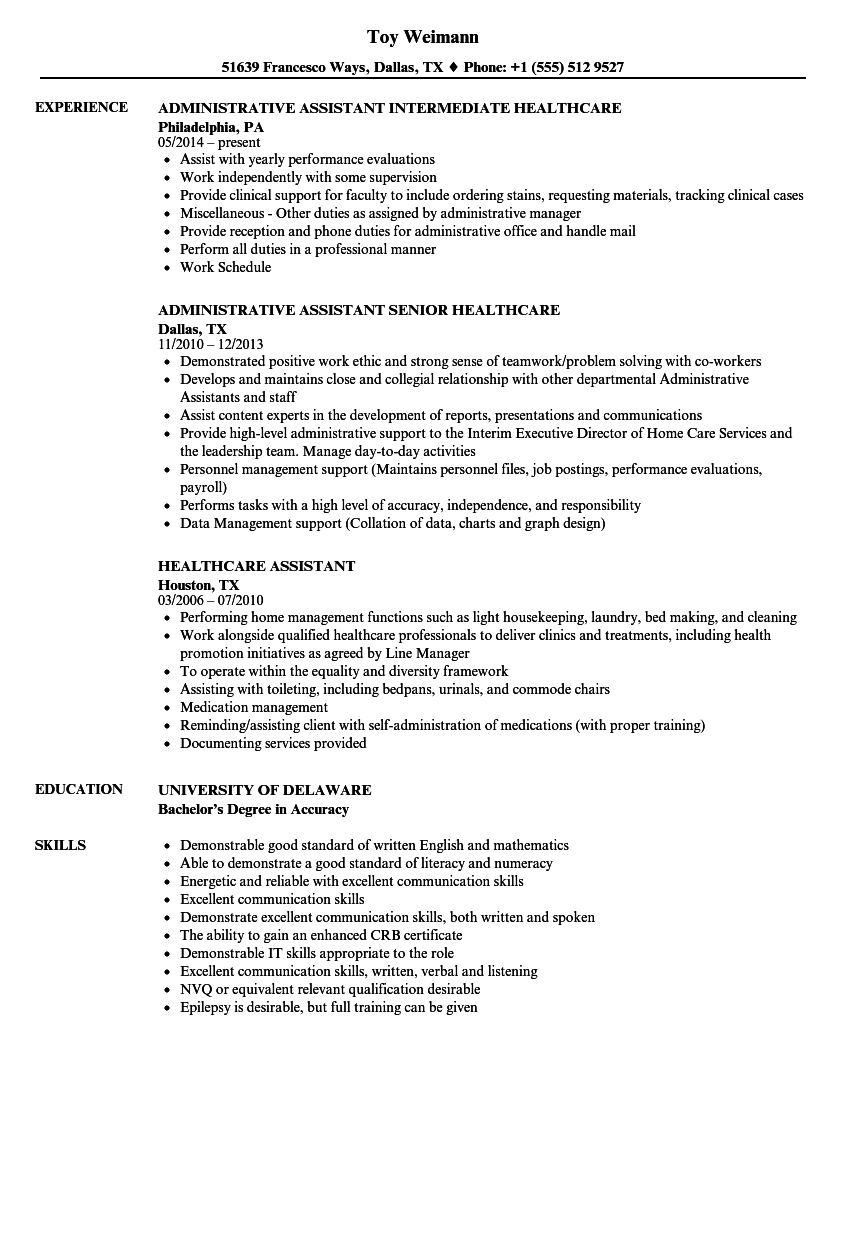Table of ContentsGet This Report about U.s. Health Care Policy - RandSome Of Health Policy - American Nurses Association (Ana)
The rhetoric from the center left rejects this view, however their actions tell a various story: Maybe the single most-trumpeted cost-containment device included in the ACA was the so-called Cadillac Tax, which seeks to contain costs exactly by forcing healthcare consumers to deal with a greater share of minimal expenses.
When it comes to health care, insured consumers pay repaired premiums monthly no matter whether they check out a medical professional. Then, when they do visit a doctor's workplace or go to the hospital, insurance spends for some (typically even most) of the limited cost of this see. Once the repaired expense of paying a premium is fulfilled, each subsequent visit to a health company is then partially to fully funded by the insurance business, and this indicates that the client does not face the full limited expense of the decision to acquire healthcare.

Instead, they would argue that the majority of Americans are simply overinsured and that more health care costs should be financed out of pocket till those expenses end up being expensive, at which point insurance coverage would then Learn here effectively kick in. Being overinsured and not facing the complete marginal cost of each brand-new visit to a healthcare supplier is believed to make Americans overconsume healthcare, potentially using resources (i.e. how has policy impacted health care., cash paid by their insurer) to acquire treatments that they would not have actually sought had these treatments' full marginal cost been faced (that is, had they been required to pay the costs themselves).

Initially, unless one wants to increase cost sharing even for truly catastrophic medical expenses, such steps will miss the main cost drivers in the U.S. health care system. Eighty percent of health dollars are spent on simply 19 percent of health consumers, and half of health dollars are invested in simply 5 percentpresumably the sickest patients (Gould 2013b).
Second, the presumption that all moral threat results in financially ineffective overconsumption of healthcare may well be incorrect. what is the health care policy in the united states. Nyman (2007) straight questions this theory by arguing that a large portion of ethical threat represents healthcare that ill customers would not otherwise have had access to without the income that is transferred to them through insurance coverage - which of the following are characteristics of the medical care determinants of health?.
Take the example of an adult who has lost front teeth in a cycling accident - how much does home health care cost. Having missing teeth is undoubtedly not dangerous, however it is rather most likely that if insurance coverage provided the cash-equivalent expense of replacing the teeth to this individual, they would choose to do precisely this and not spend the money on other products and services.
Healthcare Policies - List Of High Impact Visit this website Articles - Ppts ... Can Be Fun For Anyone
This acknowledgment that not all ethical danger is economically ineffective is becoming well understood in other branches of economics. Chetty (2008) makes similar arguments in the context of unemployment insurance coverage, focusing on the fact that joblessness insurance coverage advantages resolve a liquidity issue rather than producing a disincentive to look for work.
He discovers that higher-than-average unemployment insurance advantages increase unemployment period only for employees with no liquid wealth. This suggests strongly that it is the relief of liquidity restrictions and not the disincentive to workstemming from decreases in the "cost" of leisure (i.e., the loss of income) spurred by the receipt of UIthat drives actions. This expense per covered worker was then compared to average incomes in the fifths of the wage circulation. The counterfactual of no excess health expenses was simulated by holding company contributions to ESI fixed as a share of general compensation over the duration. Data from EPI State of Working America Data Library 2018 along with BEA 2018, NIPA Tables 7.8 and 6.9 It ought to be kept in mind that these estimations may understate the damage that increasing health care expenses have done to workers in the bottom two-fifths of the wage circulation.
Initially, the crowd-out of salaries from increasing ESI premiums has really been bigger than average for the bottom two-fifths, determined in portion terms (as seen in the last row of the table). Second, while this chart shows the crowd-out of incomes taking ESI coverage erosion into account, for those employees who continue to get ESI, the wage crowd-out coming from increasing ESI premiums (not revealed here) is much greater in percentage terms for employees in the bottom two-fifths than for other workers, for the basic factor that ESI premiums constitute a much greater share of these workers' earnings. what is required in the florida employee health care access act?.
Finally, the https://remingtonslxx423.shutterfly.com/26 table proves that ESI coverage has actually deteriorated most dramatically for workers in the bottom two-fifths of the wage distribution (as seen in the second set of rows, "ESI protection rate"). This erosion is definitely related to the fact that development in ESI premiums relative to these workers' wages has actually been severe.